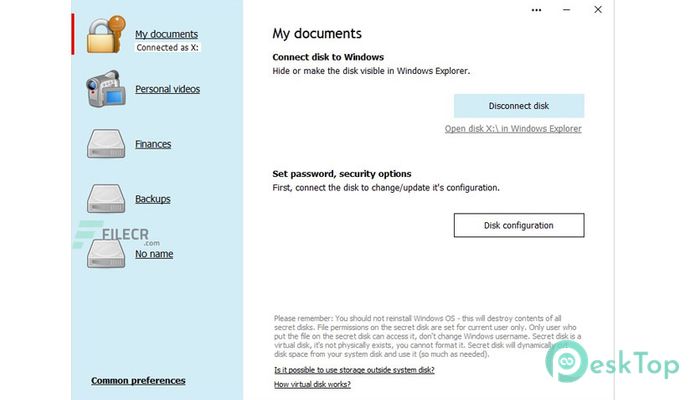


Thanks to Secret Layer, no one will know that the sent file contains a secret message and a hidden file. The aforementioned encryption feature is not available in the Light edition.

Please note that there are two Secret Layer editions to choose from: Light and Pro. Here is what you have to do to extract data from an image: select the image, choose if you want to use encryption and password protection. Here is what you have to do to hide data into an image: select a container image, select the files you want to hide within the image, type a secret message that will be hidden within the image, choose if you want to use encryption and password protection. I have to say that both are quite easy to use. You can perform these tasks by using their respective wizards or you can do them by using the expert mode. The application’s interface clearly presents Secret Layer’s functionality: hide data into images to the left, extract data from images to the right. Installing Secret Layer is a standard procedure: download the installer, run it, follow the instructions presented by the setup wizard. The system requirements for running Secret Layer are: 2Ghz processor or better, 512MB of RAM (2GB recommended), 25MB of free disk space, Windows operating system (XP SP3, Vista SP2, 7, 8). And to ensure that your secret message/file remains secret, Secret Layer can encrypt and password protect it. When I say data I mean that you can add a message, a file, or both. You can do two things with Secret Layer: you can hide data into images (that would be the first) and you can extract data from images (that would be the second).


 0 kommentar(er)
0 kommentar(er)
